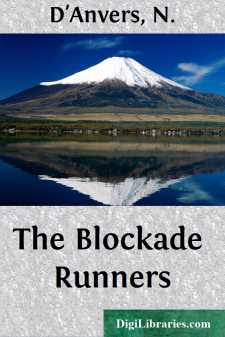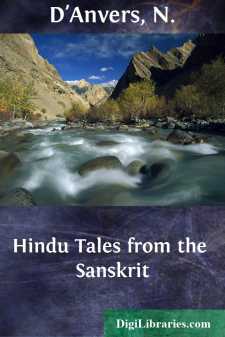Categories
- Antiques & Collectibles 13
- Architecture 36
- Art 48
- Bibles 22
- Biography & Autobiography 813
- Body, Mind & Spirit 142
- Business & Economics 28
- Children's Books 17
- Children's Fiction 14
- Computers 4
- Cooking 94
- Crafts & Hobbies 4
- Drama 346
- Education 46
- Family & Relationships 57
- Fiction 11829
- Games 19
- Gardening 17
- Health & Fitness 34
- History 1377
- House & Home 1
- Humor 147
- Juvenile Fiction 1873
- Juvenile Nonfiction 202
- Language Arts & Disciplines 88
- Law 16
- Literary Collections 686
- Literary Criticism 179
- Mathematics 13
- Medical 41
- Music 40
- Nature 179
- Non-Classifiable 1768
- Performing Arts 7
- Periodicals 1453
- Philosophy 64
- Photography 2
- Poetry 896
- Political Science 203
- Psychology 42
- Reference 154
- Religion 513
- Science 126
- Self-Help 84
- Social Science 81
- Sports & Recreation 34
- Study Aids 3
- Technology & Engineering 59
- Transportation 23
- Travel 463
- True Crime 29
N. D'Anvers
N. D'Anvers was the pen name of English author Nancy Regina Emily Meugens Bell (1844–1933), known for her works on art history and biographies. She wrote extensively for children and young adults, often focusing on historical subjects. Some of her notable works include "A History of Art" and "The Elementary History of Art," which provided accessible insights into art history for a broad audience. In addition to art, she authored "Heroes of North African Discovery" and other books, contributing significantly to popular history and education in the late 19th and early 20th centuries.
Author's Books:
Sort by:
by:
N. D'Anvers
CHAPTER I. A SOIRÉE AT FORT RELIANCE. On the evening of the 17th March 1859, Captain Craventy gave a fête at Fort Reliance. Our readers must not at once imagine a grand entertainment, such as a court ball, or a musical soirée with a fine orchestra. Captain Craventy’s reception was a very simple affair, yet he had spared no pains to give it éclat. In fact, under the auspices of Corporal Joliffe,...
more...
by:
N. D'Anvers
Chapter I THE DOLPHIN The Clyde was the first river whose waters were lashed into foam by a steam-boat. It was in 1812 when the steamer called the Comet ran between Glasgow and Greenock, at the speed of six miles an hour. Since that time more than a million of steamers or packet-boats have plied this Scotch river, and the inhabitants of Glasgow must be as familiar as any people with the wonders of...
more...
by:
N. D'Anvers
CHAPTER I Long, long ago there lived far away in India a woodcutter called Subha Datta and his family, who were all very happy together. The father went every day to the forest near his home to get supplies of wood, which he sold to his neighbours, earning by that means quite enough to give his wife and children all that they needed. Sometimes he took his three boys with him, and now and then, as a...
more...




